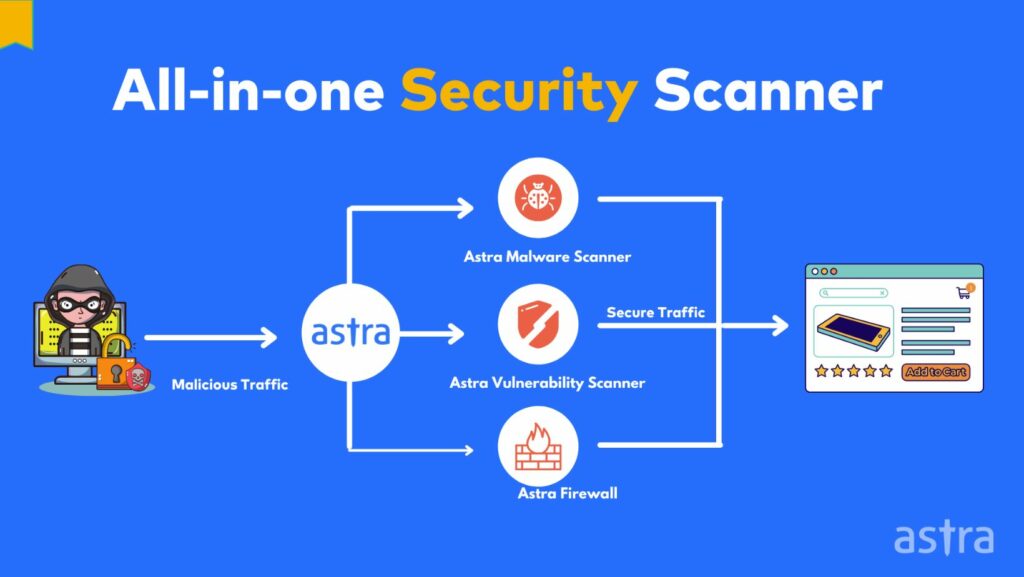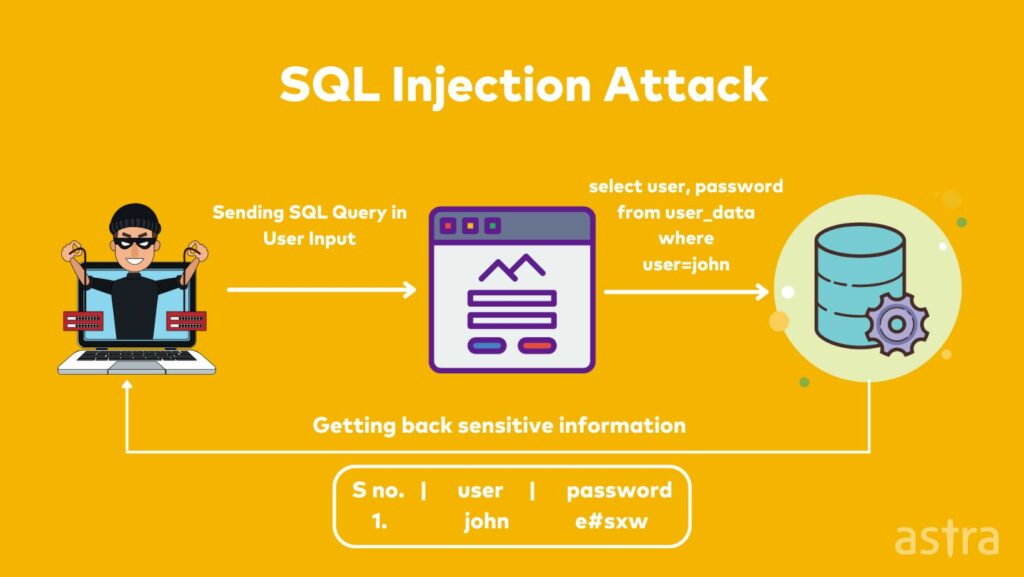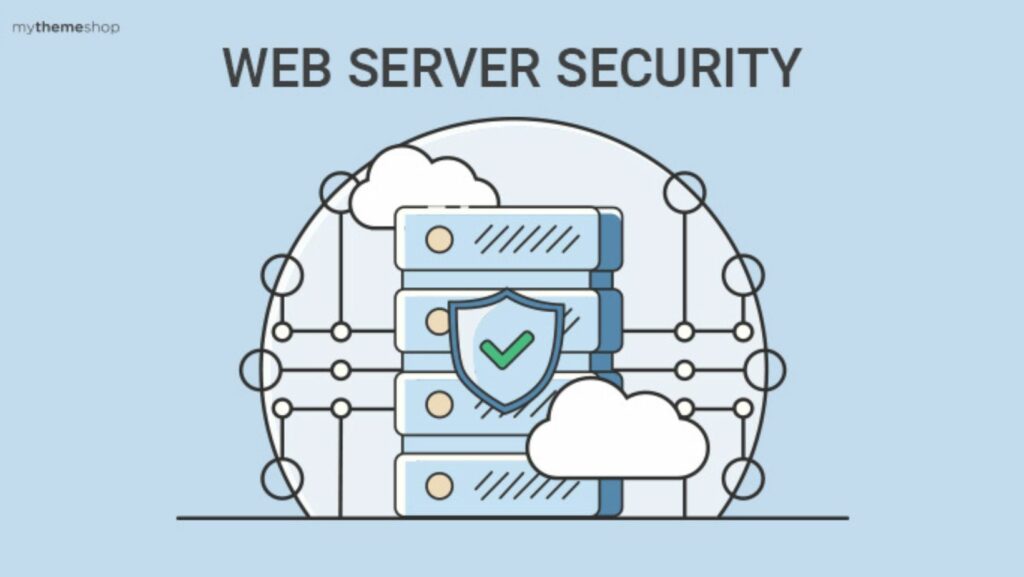
Web Server Security

In the digital age, ensuring the security of web server security is paramount. As a seasoned blogger with a passion for cybersecurity, I delve into the intricate world of web server security to shed light on the importance of safeguarding online assets. From protecting sensitive data to preventing cyber attacks, the stakes are high in today’s interconnected landscape.
Join me as I navigate the realm of web server security, uncovering best practices, emerging trends, and practical tips to fortify your online presence. With cyber threats evolving constantly, staying ahead of the curve is not just a choice but a necessity. Let’s embark on this journey together to empower ourselves with the knowledge and tools needed to defend against potential vulnerabilities and keep our web servers secure.
Understanding Web Server Security
The Importance of Secure Web Servers
Securing web servers is crucial in today’s digital landscape. As a cybersecurity advocate, I stress the significance of protecting confidential information and thwarting malicious cyber intrusions. Enhancing web server security involves implementing robust measures to defend against evolving threats and safeguard vital data.
Common Threats to Web Servers
Web servers face various common threats that pose risks to online assets. Attack vectors such as DDoS attacks, SQL injections, and cross-site scripting can compromise server integrity and expose vulnerabilities. Being aware of these threats is essential for fortifying web server defenses and preventing potential security breaches.
Best Practices for Web Server Security
Regular Updates and Patch Management

To bolster web server security, I prioritize regular updates and patch management. It’s crucial to keep all software and operating systems up to date to mitigate vulnerabilities that cybercriminals could exploit. By staying current with security patches, I ensure that my web server is equipped to resist potential threats effectively.
Ignoring updates can leave the server exposed to known vulnerabilities, making it an easy target for malicious actors. Therefore, I make it a point to schedule routine maintenance to apply patches promptly and maintain a secure online environment.
Strong Authentication and Access Controls
When it comes to web server security, robust authentication mechanisms and stringent access controls are paramount. I implement multifactor authentication (MFA) to strengthen user verification processes and thwart unauthorized access attempts. By requiring more than just passwords for authentication, such as SMS codes or biometric scans, I add an extra layer of security to my web server. Additionally, I enforce strict access controls by granting permissions based on the principle of least privilege. Limiting user access to only necessary resources minimizes the risk of insider threats and unauthorized actions, enhancing the overall security posture of the web server.
Implementing Firewalls and Encryption

Securing web servers involves implementing robust measures such as firewalls and encryption. Firewalls act as a barrier between the server and potential threats, filtering incoming and outgoing traffic based on predefined security rules. By configuring firewalls effectively, I ensure that only legitimate network connections are allowed, reducing the risk of unauthorized access and data breaches.
Additionally, encryption plays a crucial role in safeguarding data transmissions between the server and clients. By encrypting sensitive information, I make it unreadable to unauthorized parties, enhancing confidentiality and integrity. Utilizing strong encryption protocols like SSL/TLS protocols, I establish secure communication channels that protect data from interception and tampering.
Intrusion Detection and Prevention Systems
Incorporating intrusion detection and prevention systems (IDPS) is essential for proactive threat management. IDPS continuously monitor server activities, analyzing network traffic patterns and identifying potential security incidents in real-time. By deploying IDPS solutions, I can swiftly detect and respond to suspicious behavior, mitigating the impact of cyber threats before they escalate.
Furthermore, intrusion prevention systems add an extra layer of defense by blocking malicious activities and unauthorized access attempts. By setting up comprehensive IDPS configurations, I strengthen the server’s security posture and reduce the likelihood of successful cyber attacks. With effective IDPS in place, I ensure that my web server remains protected against evolving threats and maintains a robust defense mechanism.
